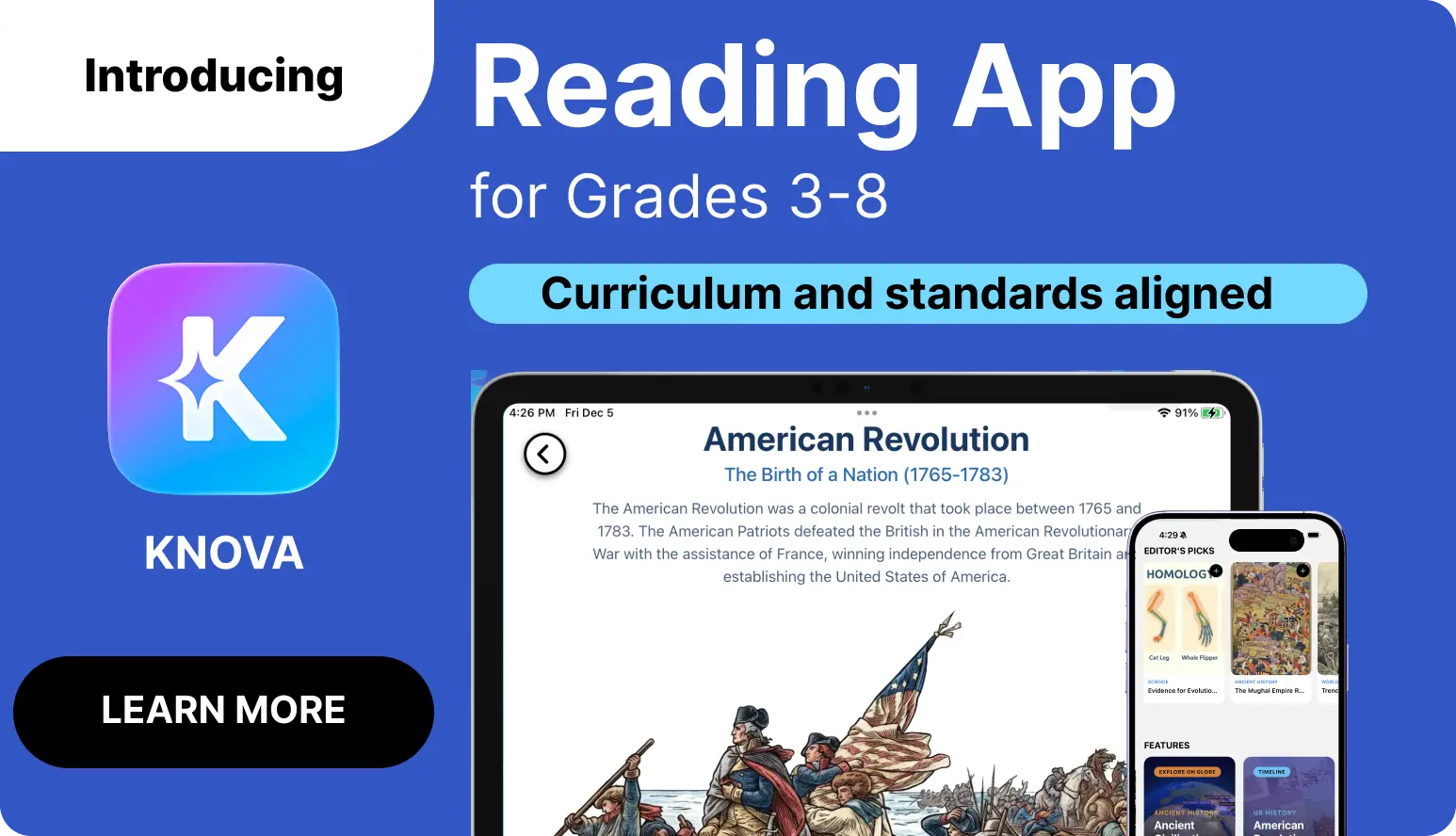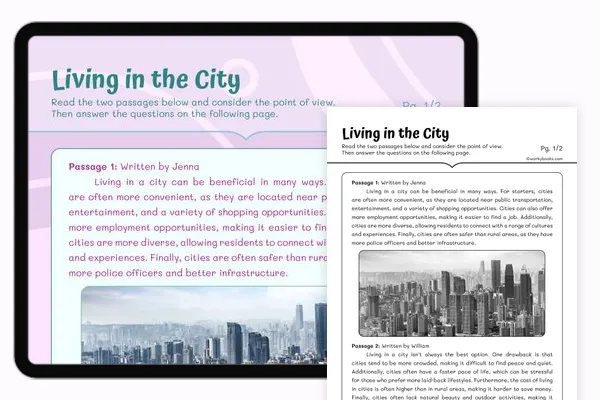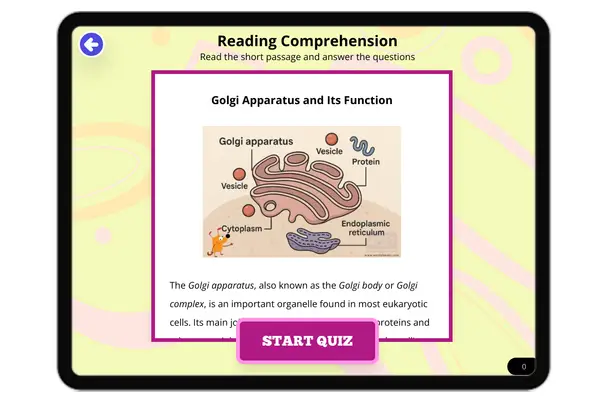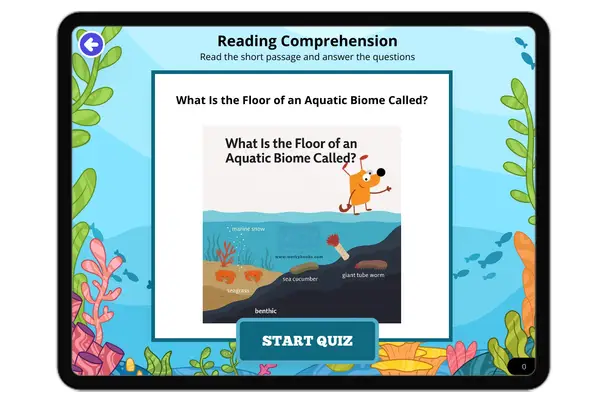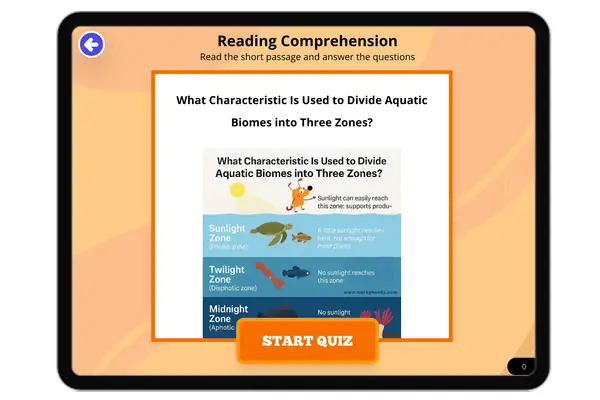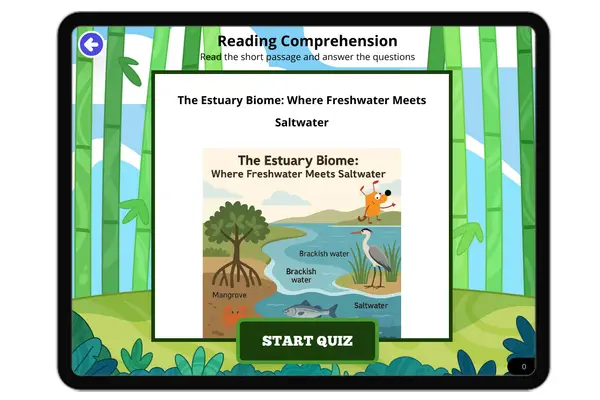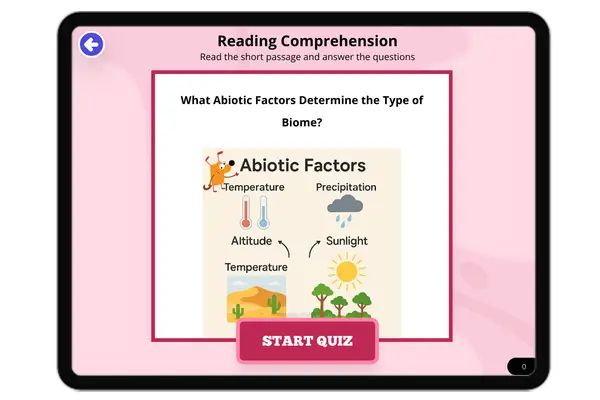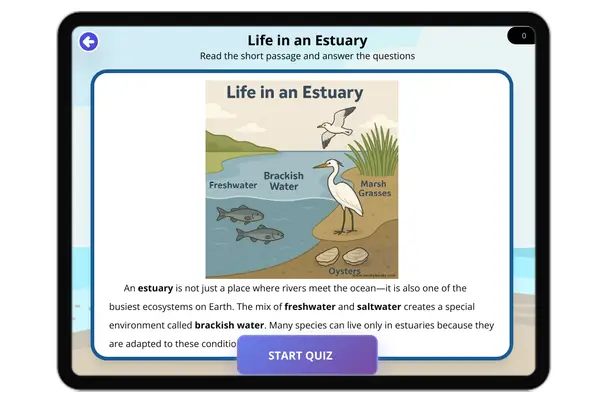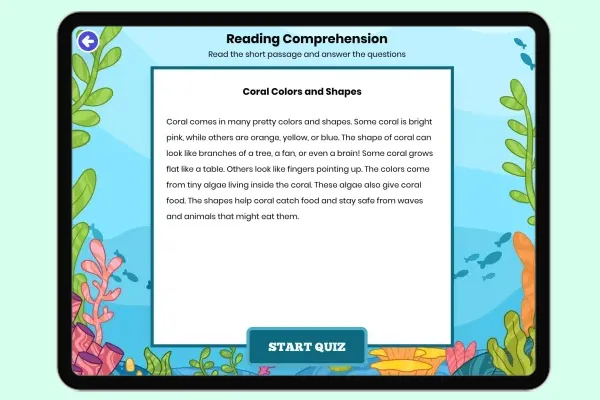Grade 4 Structure of Text Curriculum Resources
Enhance the skill of understanding the structure of text with our Structure of Text curriculum resources designed for young learners. Covering various genres and formats, these resources provide a comprehensive approach to recognizing and interpreting text structures in an engaging and accessible format, fostering reading comprehension and text analysis skills.



